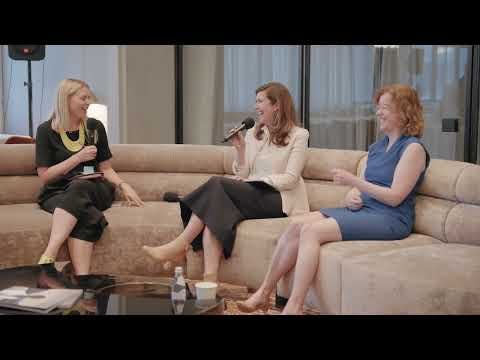
04/04/2023
No.1: What is Circular Economy?
Did you know that the linear economy, based on the consumption and disposal of goods and materials, accounts for about 92% of global resource use? This means that we are consuming natural resources in an unsustainable way, and that this way of producing and consuming is no longer viable to guarantee a balanced future for the planet. The good news is that there is an alternative: the Circular Economy.
It is a more sustainable, regenerative and restorative economic model, which aims to minimize waste generation and maximize the use of natural resources. This model is based on the idea that everything produced must be reused, repaired, renewed or recycled, creating a continuous cycle of resources.
The Circular Economy also brings positive impacts to the environment and people’s quality of life. According to the United Nations, the transition to circularity could reduce global greenhouse gas emissions by 44% by 2050, and generate around 18 million green jobs worldwide.
But why is it so important to abandon the linear model and embrace circularity? The answer is simple: the planet does not support the long-term linear model. We know that the transition towards the Circular Economy is not such a simple task and that it requires the involvement of all sectors of society. Businesses, governments and consumers need to unite around this common goal, and thus build a more balanced future.
Interested and want to know more about Circular Economy? You're in the right place!
The Circular Movement invites you to visit our series of 5 free infographics on the Circular Economy. An uncomplicated and objective introduction about the main concepts and how they relate to food, consumption, the way people live in the city and how they could be in a more circular future. Let's go?
You are here
No. 1: What is Circular Economy? (click on the image and take a look)
- How the Circular Economy differs from the Linear Economy; and how we can promote the transition from one to the other
- What are "biological cycle" and "technical cycle" and why they can't mix
- The difference between biodegradable, compostable and bio benign.
- How all resources can keep circulating for longer for the sustainable development of your neighborhood, city, country... of the world.
Keep Exploring
nº3 The industry in the circular age
nº4 Opportunities in a circular world
The Education section on the Movimento Circular website has much more content that clearly exemplifies how circularity can change the way you eat, dress, where you buy things and how you consume them, how you move around the city and how you live inside it. Pay us a visit!
Who are we?
The Circular Movement is a multi-sectoral initiative bringing together people and organizations engaged in the transition from linear to circular economy through education and culture. Our collective mission is to disseminate knowledge about the Circular Economy, encouraging the sustainable development of new processes, products and attitudes for a world without waste. Let's create a world without waste together!
Learn even more about Circular Economy
If you are interested in deepening your knowledge on this topic, visit the Circular Academy, the first free Latin American course on Circular Economy aimed at the general public. All of us, in partnership and collaboration, can make a difference in building a more circular planet.


